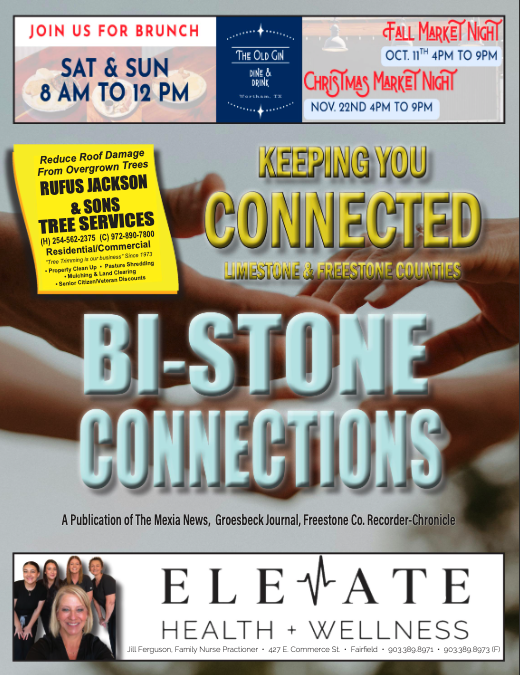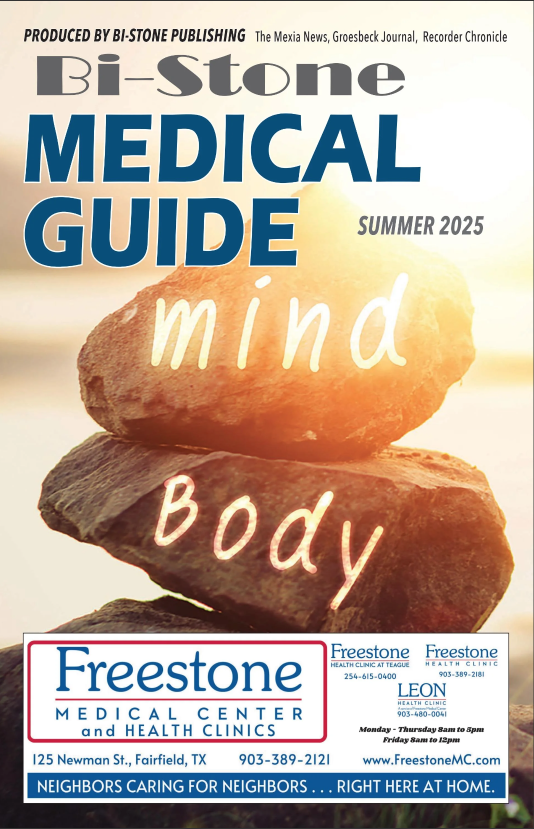$1 million in funding for potential litigation costs associated with the proposed Dallas-Fort Worth high speed rail route.
The funding will comprise four $250,000 tranches, with each being approved by the RTC before it is disbursed.
The potential litigation costs arise from a series of letters that NCTCOG has received from attorneys for Hunt Realty Investments and related entities about the potential flaws and adverse impacts of a proposed high-speed rail route.
PLEASE LOG IN FOR PREMIUM CONTENT. Our website requires visitors to log in to view the best local news.
Not yet a subscriber? Subscribe today!



